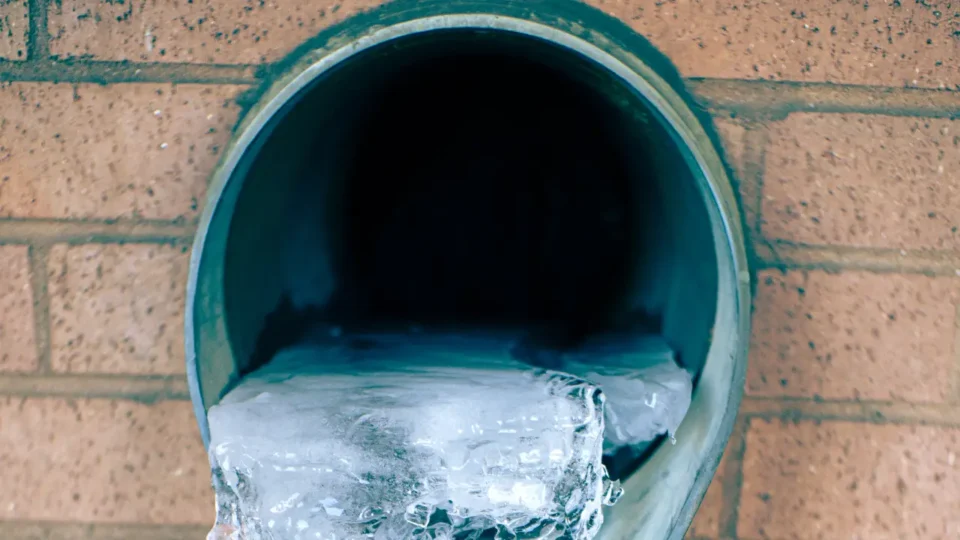In the face of unexpected plumbing issues, emergency drainage solutions become crucial to prevent severe damage and maintain a safe environment. Whether it’s a burst pipe, a blocked drain, or an overflowing sewage system, knowing how to address these problems swiftly can save you from costly repairs and extensive property damage. This blog will guide you through practical steps to manage emergency drainage situations effectively.
Understanding Emergency Drainage Issues
Emergency drainage problems typically involve sudden or severe disruptions in your plumbing system that require immediate attention. Common scenarios include:
- Burst Pipes: Often caused by freezing temperatures or high water pressure, burst pipes can lead to significant water damage and flooding.
- Blocked Drains: Accumulation of debris, grease, or foreign objects can cause drains to clog, leading to overflows and unpleasant backups.
- Sewage Overflows: Faulty or overwhelmed sewage systems can result in sewage backups, posing health risks and causing property damage.
Immediate Steps to Take
- Identify the Problem: As soon as you notice an issue, assess the situation. Determine whether it’s a burst pipe, a clogged drain, or a sewage backup. Understanding the problem helps you take appropriate action and communicate effectively with professionals if needed.
- Turn Off the Water Supply: For issues involving water, such as burst pipes, locate the main water valve and shut it off. This step prevents further water damage and gives you time to address the problem without the pressure of incoming water.
- Contain the Situation: Use buckets, towels, or any available containers to collect water and prevent it from spreading. If there’s a significant amount of water, you might need to use a wet/dry vacuum or mop up the area as much as possible.
- Call a Professional: For most emergency drainage problems, contacting a licensed plumber or drainage expert is essential. These professionals have the tools and expertise to handle severe issues and provide long-term solutions. If you can’t find a professional immediately, some companies offer emergency services that operate around the clock.
- Document the Damage: Take photos or videos of the affected area before starting any cleanup. This documentation is helpful for insurance claims and assessing the extent of the damage.
Preventive Measures to Avoid Future Emergencies
- Regular Maintenance: Schedule regular inspections and maintenance for your plumbing and drainage systems. Professional check-ups can help identify potential issues before they become emergencies.
- Proper Disposal Practices: Avoid disposing of grease, food scraps, or other non-flushable items down the drain. Use drain guards to catch debris and prevent clogs.
- Insulate Pipes: In colder climates, insulating pipes can prevent them from freezing and bursting. Pipe insulation is a cost-effective way to safeguard your plumbing system.
- Install Backflow Valves: For homes prone to sewage backups, installing backflow valves can prevent sewer water from entering your property. These valves act as barriers and direct water flow away from your home.
- Monitor Water Pressure: High water pressure can stress your pipes and lead to bursts. Install a pressure regulator if necessary and monitor the pressure to ensure it remains within safe levels.
Steps for Cleaning Up After an Emergency
- Dry the Area: Use fans, dehumidifiers, or open windows to dry out the affected area. Moist environments can lead to mold growth, so it’s crucial to remove excess moisture promptly.
- Clean and Disinfect: Once the area is dry, clean it thoroughly to remove any contaminants. Use disinfectants to ensure the space is hygienic and safe for occupancy.
- Check for Mold: Inspect the area for mold growth. If mold is present, it may require professional removal to ensure it’s properly treated and does not return.
- Repair and Restore: After cleaning, repair any damaged structures, such as drywall or flooring. Addressing these repairs promptly helps restore your property and prevents future issues.
When to Seek Professional Help
While minor drainage issues can sometimes be managed independently, certain situations require professional intervention. These include:
- Severe Pipe Damage: If you’re dealing with extensive pipe damage or flooding, professionals can offer comprehensive repairs and replacements.
- Complex Blockages: For severe or recurring clogs, professional plumbers have specialized tools to remove blockages that you might not be able to handle yourself.
- Sewage System Issues: Sewage backups and overflows can be hazardous. Professional services ensure that your sewage system is properly cleaned and repaired.
Conclusion
Emergency drainage issues can be daunting, but acting quickly and effectively can mitigate damage and restore normalcy to your home. By understanding the types of drainage problems you might encounter and following the steps outlined above, you can handle these emergencies with confidence. Regular maintenance and preventive measures further ensure that your drainage system remains in good condition, minimizing the risk of future emergencies. Remember, when in doubt, always consult with a professional to address complex issues and secure your home against potential damage.


